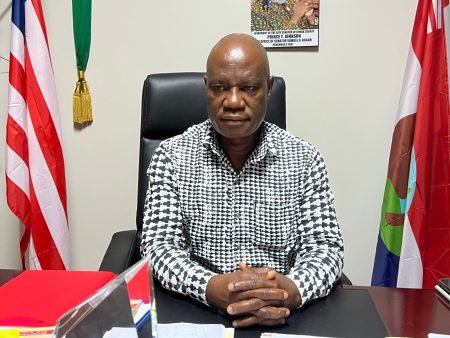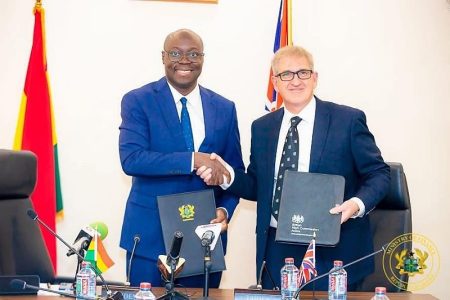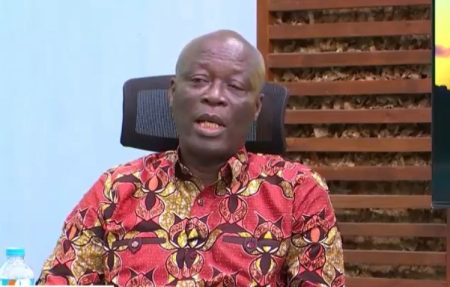The geopolitical landscape of Africa is undergoing a significant shift, with China’s influence steadily growing while the United States’ presence appears to be waning. This evolving dynamic is evident in trade relations, diplomatic engagements, and public perception. While the US was once Africa’s dominant trading partner, China’s trade with the continent now dwarfs America’s by a factor of four. This economic asymmetry is compounded by a difference in diplomatic engagement: while China prepares for its tenth summit with African leaders, the US has yet to schedule a third, despite congressional mandates. Moreover, China’s approval rating in Africa has surpassed that of the US for the first time, signaling a potential shift in allegiances.
The decline in US influence can be attributed to several factors, including inconsistent trade policies, potential reductions in diplomatic presence, and a perceived lack of commitment to African development. The African Growth and Opportunity Act (AGOA), a cornerstone of US-Africa trade, has been undermined by the imposition of tariffs on some of its strongest performers, creating uncertainty and prompting African nations to diversify their trade relationships. Further exacerbating this decline is the potential downsizing of US diplomatic missions and the discontinuation of various development programs, creating a vacuum that China has been adept at filling.
Despite this backdrop, opportunities exist for a mutually beneficial re-engagement between the US and Africa, particularly in the realm of critical minerals. Africa holds vast reserves of minerals essential for modern technologies, including cobalt, copper, and others. The US has expressed interest in securing access to these resources, recognizing their strategic importance. However, China has already established a strong foothold in the African minerals sector, controlling a significant portion of production and processing. This early mover advantage presents a challenge for the US, but also an opportunity to forge a new, more collaborative approach.
A successful US re-engagement strategy must prioritize mutual benefit and long-term sustainability. Rather than simply extracting raw materials, the US should invest in value-added processing within Africa, creating jobs and stimulating economic growth on the continent. This approach would differentiate the US from China, which has largely focused on resource extraction, and position it as a more valuable partner. Furthermore, by supporting the development of local processing capabilities, the US could contribute to the success of the African Continental Free Trade Area, fostering regional economic integration and prosperity.
The Lobito Corridor initiative, aimed at upgrading a crucial rail line connecting resource-rich regions of Africa to the Atlantic coast, offers a promising model for US-Africa collaboration. This project involves partnerships between the US, African governments, African-led financing agencies, and the European Union, and demonstrates the potential for multi-stakeholder engagement in infrastructure development. African countries must actively participate in shaping these agreements to ensure they drive sustainable economic growth and local value creation.
In conclusion, the US has a window of opportunity to revitalize its relationship with Africa, leveraging mutual interests in critical minerals and industrial development. By shifting its focus from resource extraction to value-added processing and partnering with African nations on infrastructure projects, the US can secure access to vital resources while simultaneously contributing to Africa’s economic transformation. This approach, based on mutual respect and shared prosperity, offers a path towards a more balanced and sustainable partnership that benefits both the US and Africa. The US must act decisively and strategically to seize this opportunity, or risk further ceding influence to China and missing out on the significant potential of the African continent.














